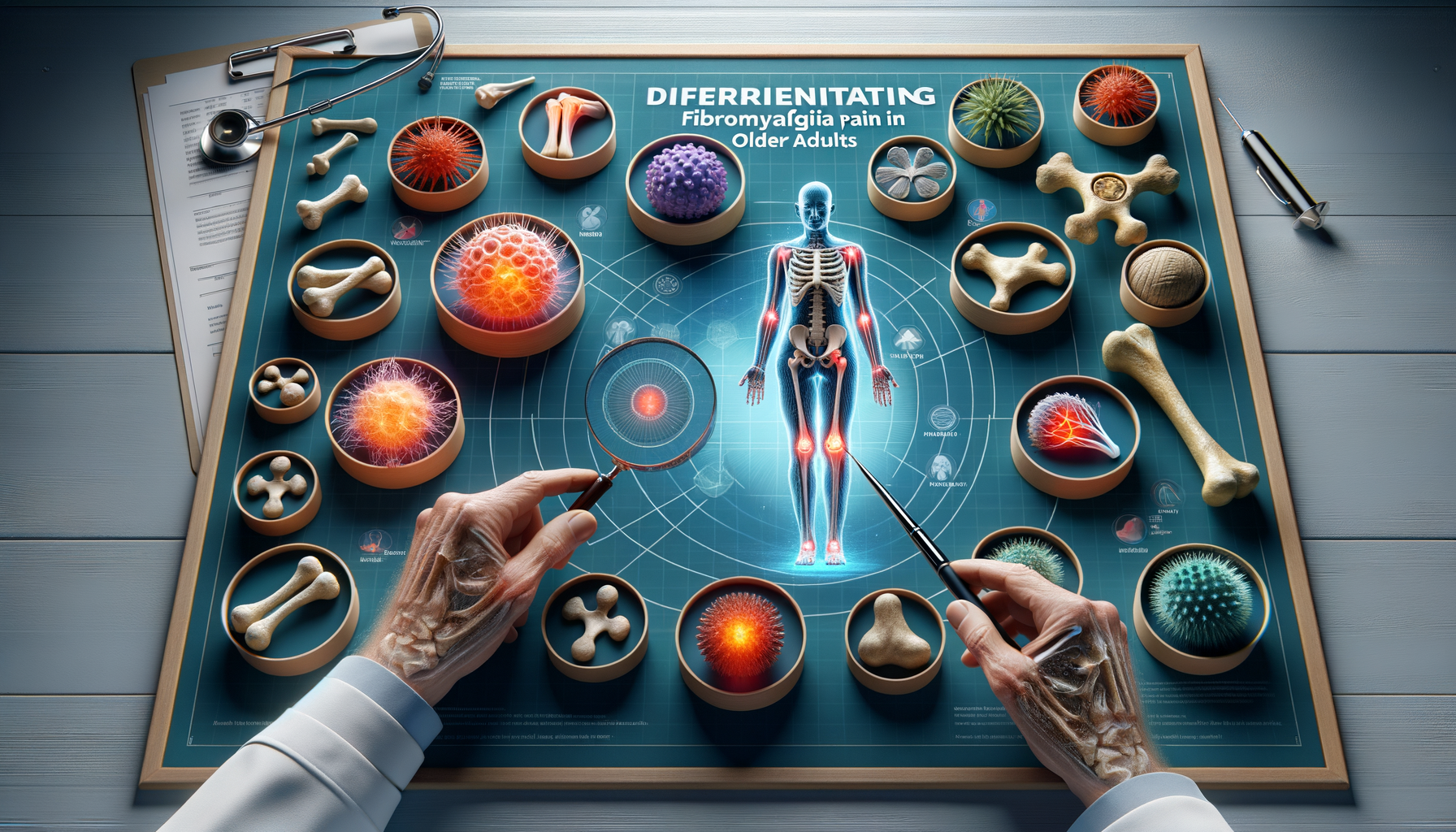What To Know About Differentiating Fibromyalgia From Arthritis Pain In Older Adults
Does distinguishing fibromyalgia pain from arthritis discomfort become more complex for the older population? These conditions present with distinct characteristics, yet overlapping symptoms can create uncertainty. Examining the specific manifestations helps in understanding the unique nature of each type of pain in this demographic.

Introduction: Understanding the Complexity of Pain Diagnosis in Older Adults
As individuals age, the distinction between various types of pain becomes increasingly crucial, particularly when differentiating between fibromyalgia and arthritis pain. Both conditions are prevalent among older adults, yet they present unique challenges in diagnosis due to overlapping symptoms. Understanding these differences is essential for effective management and improving quality of life.
Key Symptoms to Differentiate Fibromyalgia from Arthritis Pain in Older Adults
While both fibromyalgia and arthritis are associated with chronic pain, they manifest in different ways. Fibromyalgia is characterized by widespread musculoskeletal pain, often accompanied by fatigue, sleep disturbances, and cognitive difficulties. In contrast, arthritis pain is typically localized to the joints and may be accompanied by swelling, redness, and decreased range of motion.
Older adults may find it challenging to articulate their symptoms, making it essential for healthcare providers to recognize subtle differences. For instance, fibromyalgia often presents with tender points throughout the body, whereas arthritis is more likely to cause joint-specific pain. Recognizing these distinctions can guide appropriate treatment strategies.
Diagnostic Tools for Distinguishing Fibromyalgia and Arthritis Pain in the Elderly
Accurate diagnosis is crucial for managing fibromyalgia and arthritis effectively. Several diagnostic tools are employed to distinguish these conditions in older adults. Blood tests can help rule out other conditions, such as rheumatoid arthritis, by checking for specific markers of inflammation. Imaging tests like X-rays or MRIs are useful for assessing joint damage indicative of arthritis.
For fibromyalgia, diagnosis is primarily clinical, based on patient history and symptomatology. The widespread pain index and symptom severity scale are often used to evaluate the extent and impact of fibromyalgia symptoms. Understanding these diagnostic tools empowers healthcare providers to tailor treatment plans effectively.